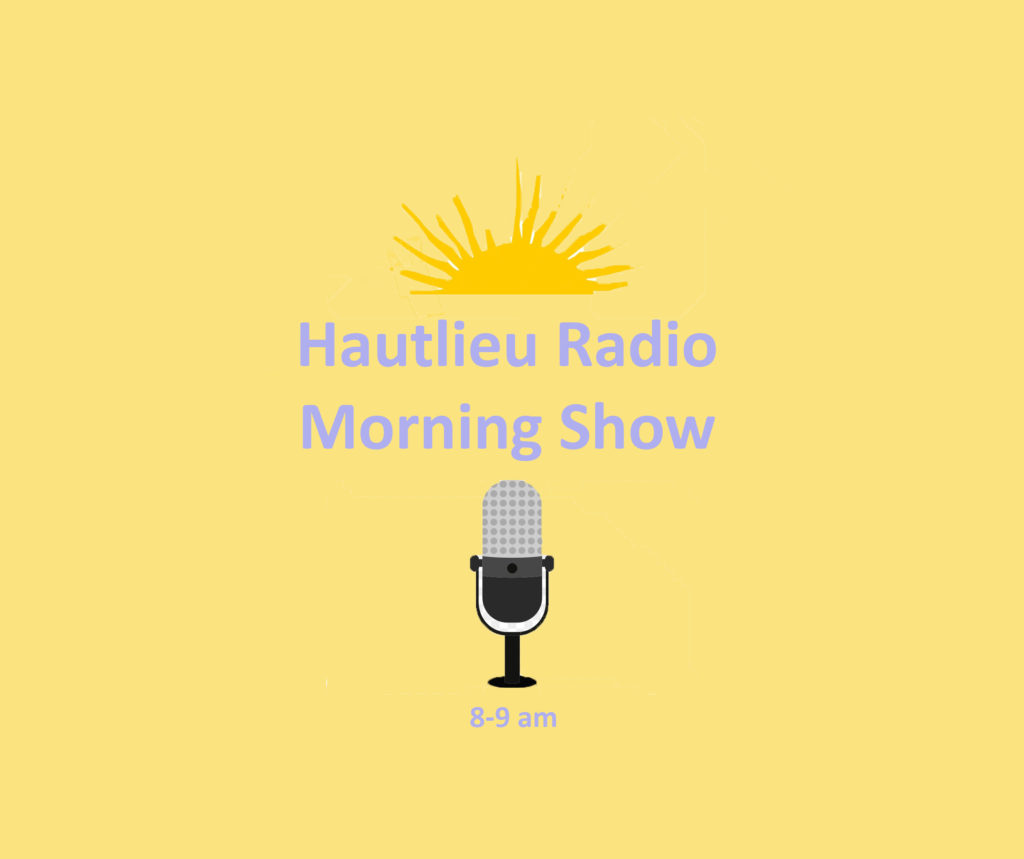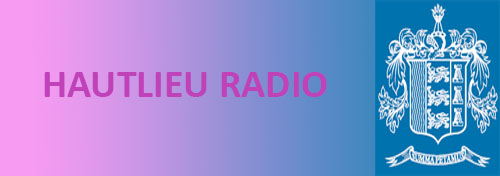Barthes– He suggested texts may be ‘open’ or ‘closed’. Closed texts are those that are produced with a single, definitive meaning in mind making any interpretation from the audience inaccurate. He explored social theory, anthropology and semiotics, the science of symbols, and studied their impact on society. His work left an impression on the intellectual movements of Structuralism and Post-Structuralism.
C S Pierce– 3 Types of Signs:
Symbolic- has a random link to its object e.g. color, shapes, textures.
Indexical- a sign that has a link to its object e.g. sounds, props.
Iconic- a sign that looks like an object e.g. sets, camera work.
Saussure- There are the signifier and the signified. The signifier is the object, the word, the image or action. The signified is the concept behind the object that is being represented
Steve Neale- States that genres all contain instances of repetition and difference. Neale states that the film and its genre is defined by two things: How much is conforms to its genre’s individual conventions and stereotypes.
Repertoire of elements – repeated features that are identical and recognisable as a specific
Hybridisation – The merging of different genres to create a sub-genre, more than one genre in a text
Todorov- In a film or story, the power is in a state of equilibrium (balance). He believes that as the story progresses the state of equilibrium can change, giving one person more power or authority over another throughout the plot, keeping the audience entertained.
Propp- Argued that stories are character driven and that plots develop from the decisions and actions of characters and how they function in a story.
He concluded that all the characters in tales could be resolved into 7 abstract character functions:
- The villain
- The dispatcher
- The helper
- The princess or prize, and often her father
- The donor
- The hero
- The false hero
Gilroy- Believes we can still see the affects of colonialism in the media now. He also believes that ethnic minorities are often shown as powerless and weak and he believes white western people are shown as successful, powerful and important.
Butler- Gender is a social construct, it’s about how you feel and behave. Butler says gender is constructed through performance, so certain activities make you feel more masculine/feminine.
Habermas- The public sphere is an area in social life where individuals can come together to freely discuss and identify societal problems, and through that discussion influence political action.
Curran and Seaton-
- How the media landscape has fallen under the control of a handful of global media conglomerates.
- costs and risks associated with the production of media products has resulted in the organisation of media companies into vertically and horizontally aligned conglomerates.
- Mass market news: news designed to appeal to huge readership
- Horizontal integration: Ownership os subsidiaries that produce similar types of products.
- Vertical integration: Ownership os subsidiaries that enable a media producer to produce, promote and distribute products.
- Present the view that a free press relies on a free market where individual newspapers can compete through their political stances and points of view. Analyze the ways that The i and the Daily Mail attempt to establish a distinctive identity within this free market
Hesmondhalgh- The idea of a ‘risky business’ and being hard to meet everyone’s needs. Not being able to predict if an audience will enjoy what is being created.
Gerbner- Cultivation Theory – the more you look at TV, the more you are likely to believe in the reality of the representations
Stuart Hall- Media texts are encoded by the producer meaning that whoever produces the text fills the product with values and messages. The text is then decoded by the audience. Also, cultural identity is not only a matter a ‘being’ but of ‘becoming’, ‘belonging as much to the future as it does to the past’. From Hall’s perspective, identities undergo constant transformation, transcending time and space.
Lasswell- Hypodermic model- is a model of communication suggesting that an intended message is directly received and wholly accepted by the receiver.
Giddens and Gauntlet- Representation Theory = “it remains the case that most women and men remain somewhat constricted within particular gender roles.”
Gauntlet- Pick and Mix Theory – Audiences pick and mix what they engage with as they are active not passive.
Giddens argues that just as an individual’s autonomy is influenced by structure, structures are maintained and adapted through the exercise of agency so structuration theory attempts to understand human social behaviour by resolving the competing views of structure-agency and macro-micro perspectives.
Daily Mail vs The I:
| Question: | The Daily Mail | ‘The i’ Newspaper |
| When they were first introduced? | 1896 | 2010 |
| Are they part of a bigger organisational structure? | Owned by ‘Daily Mail and General Trust’, a media company chaired by Viscount Rothermere | Owner – Daily Mail (as of late November 2019) |
| Are they known for a particular political perspective? | Right wing – Conservative | Liberal – non biased and don’t take a specific political stance |
| What kind of journalism do they produce? | Gossip, inaccurate scare stories of medical and scientific research, right wing politics, entertainment | Factual stories, Broadsheet |
| What kind of people run the paper? | Viscount Rothermere Family Editor – Geordie Grieg (2018) | Free Press |
| Do they have a similar readership reach? | Circulation – 1,134,184 (February 2020) Readership – 2.2 Million (daily) | Circulation – 221, 083 (October 2019) |
| Do they have a similar readership profile / target audience? | Women make up 52-55% of readers, Middle Class women, Right wing, average age of 58 | General public, any age, all political views |
| How are they currently doing? Increasing or decreasing sales and revenue? | -During lockdown the circulation went down to 945,000 from 1.13 Million in March. -DMGT recorded a revenue of £1.41 Billion – Pretax profit £145 million | 15% decrease of sales from June 2019 – June 2020 |
| How are they looking to embrace new media technologies? | Daily Mail Online = 2003. (11.34 million visitors daily) | Online paper free to the reader |
| Do they have a similar layout and design? | Tabloid format (compact page size) | Broadsheet Layout |
War of the Worlds:
Episode of the American radio drama anthology series The Mercury Theatre on the Air, directed and narrated by Orson Welles
Media Industries– War of the Worlds was broadcast byColumbia Broadcasting Company, It was broadcasted live as a halloween special at 8pm on Sunday 30 October 1938,Regulation – radio broadcasting was regulated by the Federal Communications Commission and it investigated the broadcast to see if it had broken any laws. Illustrates a passive audience and doesn’t therefore fit into the uses and gratifications theory.
- The aliens in War of the Worlds could be a metaphor for the enemies because the War of the Worlds podcast was produced in 1930s, which was when the Great Depression, the American Dust bowl and WW2 began.
- It is a radio podcast of a science fiction novel that was written by H.G Wells
- War of the Worlds radio drama had left listeners into suspended disbelief and became famous because it tricked people into believing aliens were invading Earth due to the “breaking news” style of the broadcast.
- was the 17th episode of the CBS Radio series The Mercury Theatre on Air, which was broadcast at 8 pm ET on Sunday, October 30, 1938.
- The science fiction drama was broadcasted from CBS, which is the Columbia Broadcasting System
- The radio science fiction drama was directed by Orson Welles and was adapted by Howard Koch
- It is a hybridization of the science fiction genre and the mystery genre.
- In 1938, radios were just being introduced, so it can be interpreted that War of the World was fake news to try and get more people to listen to CBS and buy radios.
- On it’s opening evening, it was estimated that around 30 million people were tuning into the broadcast and around 80% of Americans owned a radio then.



